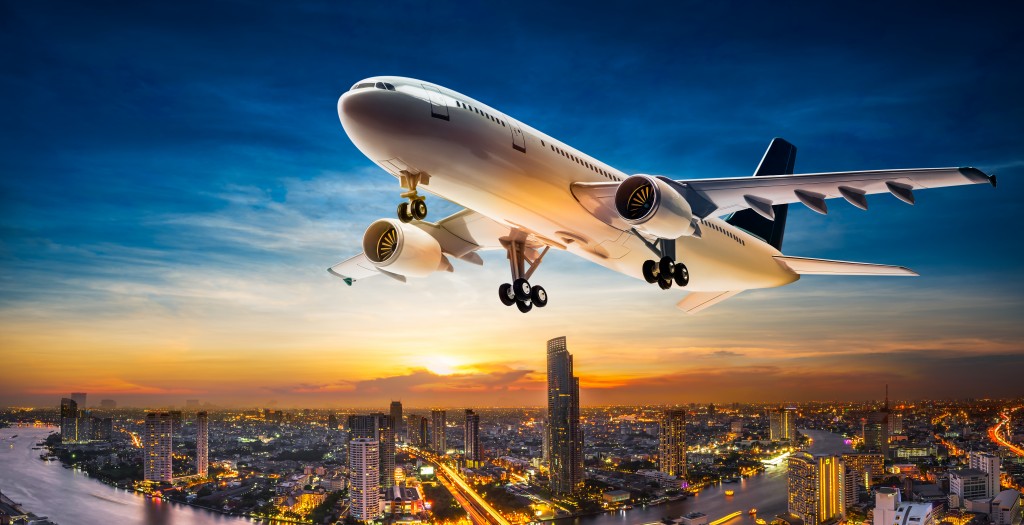Springs are a crucial part of many different industries, including the aerospace industry. They form the backbone of many parts and components and allow aircraft, drones, satellites, solar panels, aircraft controls, valves, throttles, and more, to function the way they do. Without springs, the industry wouldn’t be the same.
The strict military and aviation guidelines mean that all components of an aircraft need to be of the highest quality and accuracy, and that includes springs; they support a wide range of applications and allow parts to weigh less while maintaining the highest standard of performance.

This and more make springs vital for the aerospace industry.
Springs Are Everywhere
Without springs, we wouldn’t be able to have essential elements of the aerospace sector. For example, retractable tray tables, luggage doors, armrests, stairs, and cup holders need springs to function. They facilitate the opening and closing of many components that wouldn’t be able to exist without them – in addition, and even more importantly, springs are also some of the main elements of an aircraft’s landing system.
They’re also present in antennas and probes on satellites that allow for navigation and are crucial for the ground service teams who need to refuel the planes. You can find springs basically anywhere in this industry, and their non-existence would mean the non-existence of aeroplanes as we know them.
Springs Can Withstand a Lot of Pressure
Part of the reason why springs are so important in aerospace is that they are highly resistant to pressure. Aircraft require sturdy and durable parts that don’t need constant maintenance, upgrading or replacing, but that are incredibly precise at the same time. Many applications in the aerospace sector require the ability to endure harsh environments on a regular basis, from aeroplanes flying daily across the world to satellites orbiting the Earth’s atmosphere.

These unique atmospheric conditions, as well as often corrosive surroundings, also mean that certain materials need to be used without fail. So, one of the best things about springs is that they can be made from a wide variety of metals (like stainless steel and aluminium), which allows you to choose the one that will be the most useful without having to compromise quality.
Springs Come in Many Shapes and Sizes
Springs are not ‘one size fits all’. On the contrary, you can tailor them to your requirements, no matter what they are. As springs are used for many different applications in the sector, they need to take on different shapes and sizes – you might need a torsion spring for a specific part, but require a compression spring for a completely different component.
This means that, in order to fulfil aerospace’s high standards, springs need to be varied, as the same spring will be useless in another application. Springs allow several elements of a single plane to function properly, including wheels, fuel systems, exhaust diffusers, caps, and fan blades, so the sector requires springs such as torsion, compression, constant torque, separation, extension and wire forms, amongst others.
Meeting the industry’s requirements and standards is imperative, so springs need to be strong and durable, as well as incredibly precise. Their ability to withstand the harsh conditions of the many applications of the sector (as well as the wear and tear of time) makes them not only extremely important for aerospace, but also vital to aircraft, probes, and satellites.
Want to learn more about our industrial springs and how they can help in the aerospace industry? Get in touch with a member of our team and we’ll be on hand to discuss your needs with you.


